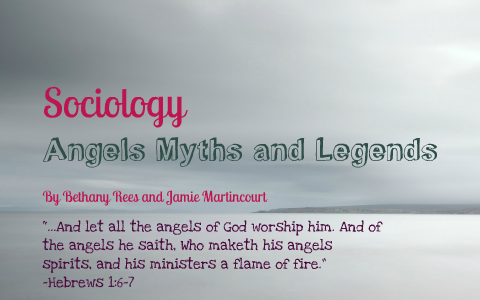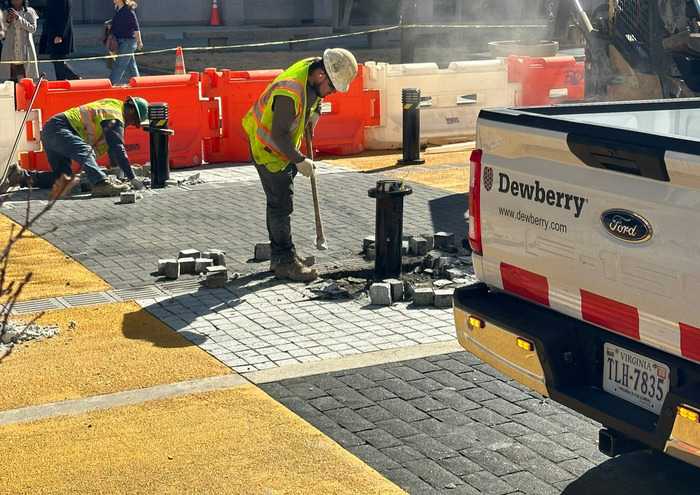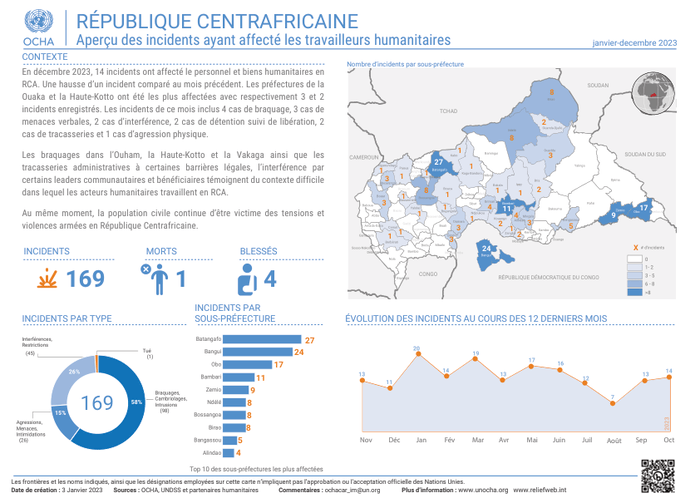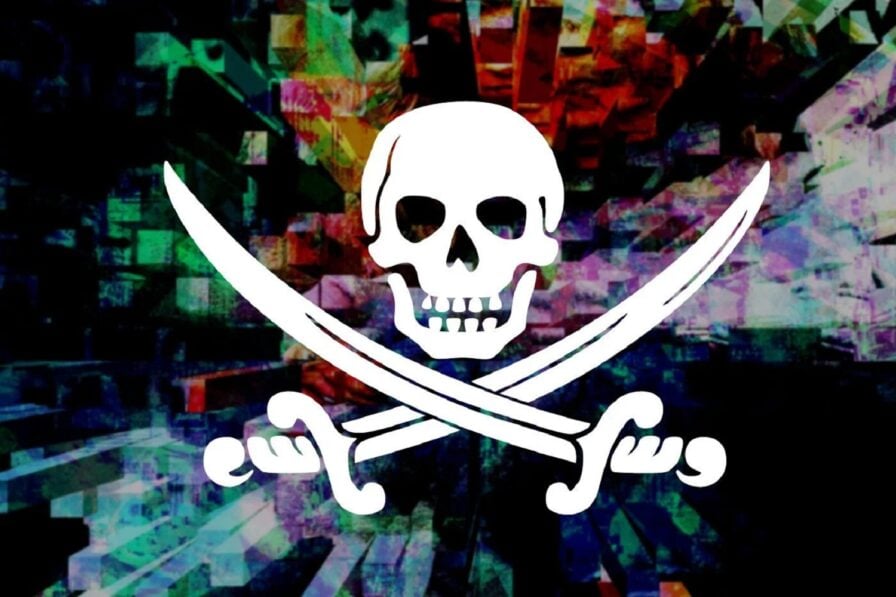Hells Angels: Myths And Realities

Table of Contents
The Myth of the Hells Angels: Media Portrayals and Public Perception
The image of the Hells Angels that most people hold is largely shaped by media portrayals. Movies, television shows, and news reports often depict them as violent criminals involved in drug trafficking, murder, and other illegal activities. This negative stereotype, while sometimes rooted in reality concerning some members' actions, fails to represent the full picture.
The Media's Role in Shaping the Hells Angels Image
- Sensationalized News Coverage: News outlets frequently focus on the negative aspects of the Hells Angels, often exaggerating or selectively reporting events to create a more dramatic narrative. This biased reporting contributes significantly to the public's negative perception.
- Hollywood's Influence: Numerous films and television shows have portrayed the Hells Angels (and outlaw motorcycle gangs in general) as ruthless criminals, reinforcing negative stereotypes and rarely exploring the complexities of their internal dynamics. Examples include Easy Rider (which, while not explicitly about the Hells Angels, fueled the outlaw biker image) and various other films that sensationalize violence and criminal activity.
- Documentary Bias: Even documentaries, which aim for objectivity, can be susceptible to biases in their selection of sources and perspectives. Focusing solely on alleged criminal activities without exploring the club's internal structure or legitimate businesses creates an incomplete and misleading picture.
Public Perception vs. Reality
The public perception of the Hells Angels as uniformly violent criminals is a significant oversimplification. The truth is far more nuanced.
- Diversity of Members: The Hells Angels are a diverse group of individuals, with varying backgrounds, occupations, and levels of involvement in criminal activity. It’s inaccurate to paint all members with the same brush.
- Everyday Activities: While some members may engage in illegal activities, many others lead seemingly ordinary lives, holding jobs and participating in community events – at least outwardly. The club's image is significantly at odds with the day-to-day realities of many of its members.
- Internal Structure and Rules: The Hells Angels operate under a complex internal structure with rules and hierarchies that are not always readily apparent to outsiders. Understanding this structure is crucial to understanding their behavior.
The Reality of the Hells Angels: Structure, Activities, and Business Ventures
Understanding the Hells Angels requires examining their organizational structure and the range of their activities, which extend beyond the sensationalized portrayals often presented in the media.
The Hierarchical Structure of the Hells Angels
The Hells Angels operate using a hierarchical, chapter-based system.
- Charter System: The club is organized into chapters, each operating under a charter granted by the national organization. This system allows for a degree of autonomy within each chapter while maintaining overall control.
- Leadership Roles: Each chapter has a president, vice-president, and other officers responsible for managing the chapter's affairs and ensuring compliance with club rules.
- Membership Levels: Individuals aspiring to become full members go through a probationary period as "prospects," proving their loyalty and commitment before gaining full membership.
Legal and Illegal Activities
The Hells Angels engage in a range of activities, some legal and some alleged to be illegal.
- Legitimate Businesses: The club has been involved in various legitimate businesses over the years, including merchandise sales (e.g., clothing, patches) and, in some cases, even legitimate motorcycle repair shops.
- Allegations of Criminal Activity: The club has faced numerous allegations of involvement in drug trafficking, violence, and other criminal enterprises. These allegations are often the focus of media attention, but it's important to remember that legal proceedings are necessary to determine guilt or innocence.
- Legal Battles and Prosecutions: The Hells Angels have been the subject of numerous investigations and prosecutions, leading to convictions for various offenses in different jurisdictions. However, the scale of their criminal activities remains a complex and contentious issue.
The Hells Angels Subculture: Brotherhood, Loyalty, and Rituals
Beyond the criminal allegations and media portrayals, the Hells Angels possess a unique subculture characterized by strong bonds of brotherhood and loyalty.
The Importance of Brotherhood and Loyalty
The Hells Angels' subculture centers around the concepts of brotherhood and loyalty.
- Biker Culture: The motorcycle is central to their identity, representing freedom, rebellion, and a rejection of mainstream society. This shared passion creates strong bonds among members.
- Rituals and Ceremonies: Initiations and other rituals reinforce the bonds of brotherhood and loyalty, creating a sense of belonging and shared identity. These ceremonies are largely shrouded in secrecy.
- Support Network: The club often functions as a support network for its members, providing assistance and camaraderie in times of need.
Motorcycle Culture and Lifestyle
Motorcycles are far more than mere machines to the Hells Angels; they are integral to their identity and lifestyle.
- Symbolic Meaning: Motorcycles symbolize freedom, rebellion, and a rejection of societal norms. They represent a powerful statement of individualism and independence.
- Motorcycle Rallies and Events: Rallies and other motorcycle events play a significant role in the Hells Angels culture, bringing members from various chapters together. These events offer a chance to socialize, strengthen bonds, and celebrate their shared identity.
- Shared Lifestyle: The lifestyle associated with motorcycle culture extends beyond simply riding. It includes specific clothing, tattoos, and a set of values that define their unique subculture.
Conclusion
The Hells Angels Motorcycle Club is a complex organization with a multifaceted reality. While the media often focuses on the negative aspects, ignoring or downplaying the legal activities and internal structure creates a skewed and incomplete picture. It’s crucial to separate the myth from the reality, recognizing the existence of both legitimate and alleged criminal activities within the club's ranks. Understanding the club's hierarchical structure, its involvement in various ventures (both legal and illegal), and the importance of brotherhood and loyalty within its subculture offers a more comprehensive perspective. We must avoid generalizations and instead strive for a nuanced understanding of this enigmatic group. Delve deeper into the world of the Hells Angels; understand the complexities of the Hells Angels Motorcycle Club and form your own informed opinion about the Hells Angels.

Featured Posts
-
 From Plaza To Pavement The Story Of Black Lives Matter Plaza
May 25, 2025
From Plaza To Pavement The Story Of Black Lives Matter Plaza
May 25, 2025 -
 Melanie Thierry De Ses Debuts A Ses Recents Succes
May 25, 2025
Melanie Thierry De Ses Debuts A Ses Recents Succes
May 25, 2025 -
 West Hams Kyle Walker Peters Bid Transfer News And Analysis
May 25, 2025
West Hams Kyle Walker Peters Bid Transfer News And Analysis
May 25, 2025 -
 Le Clash Ardisson Baffie Une Reponse Memorable
May 25, 2025
Le Clash Ardisson Baffie Une Reponse Memorable
May 25, 2025 -
 Green Spaces And Mental Health Lessons From A Seattle Womans Pandemic Experience
May 25, 2025
Green Spaces And Mental Health Lessons From A Seattle Womans Pandemic Experience
May 25, 2025
Latest Posts
-
 Enquete Sur Les Pannes Techniques Recurrentes A La Rtbf
May 26, 2025
Enquete Sur Les Pannes Techniques Recurrentes A La Rtbf
May 26, 2025 -
 Les Pannes Techniques Qui Paralysent Les Studios De La Rtbf
May 26, 2025
Les Pannes Techniques Qui Paralysent Les Studios De La Rtbf
May 26, 2025 -
 Perturbations Techniques Rtbf Un Apercu Des Incidents Recents
May 26, 2025
Perturbations Techniques Rtbf Un Apercu Des Incidents Recents
May 26, 2025 -
 Problemes Techniques A La Rtbf Causes Consequences Et Solutions
May 26, 2025
Problemes Techniques A La Rtbf Causes Consequences Et Solutions
May 26, 2025 -
 Combattre Le Piratage Iptv La Strategie De La Rtbf Et De Rtl Belgium
May 26, 2025
Combattre Le Piratage Iptv La Strategie De La Rtbf Et De Rtl Belgium
May 26, 2025
